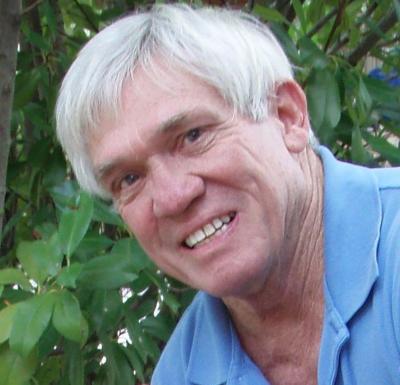The good news is that the taxonomic biodiversity of the Southeast has increased. The non-news is that the functional biodiversity is the same as it was yesterday. What might be considered bad news is that the report of adding a new species to the region might lead some people to become less concerned about the troubling loss of the world’s biodiversity. Many are unaware that recognition of newly described species by scientists does not change anything ecologically.
The number of living animal species and their population numbers decline appreciably each year. We are losing the biodiversity battle on many fronts. Paradoxically, the number of species known to science is actually increasing. This conundrum is a consequence of two factors: (1) human negative impacts on natural habitats and the animals that inhabit them reduce biodiversity; (2) dedicated scientific efforts are being made to discover species that have always existed but have not yet been identified in the scientific literature. “New species” are often the product of sophisticated genetic studies not possible a few years ago. An excellent study using DNA analyses has recently brought recognition to a turtle species that was formerly disguised as another.
The Southeast is the center of North American biodiversity for a variety of organisms, and Alabama is the bullseye. A couple of decades ago, Chuck Lydeard and Rick Mayden, at the time professors at the University of Alabama, published a paper in an internationally recognized scientific journal, noting that natural waters in the state had remarkably high numbers of species of some groups of animals. By their count at the time, Alabama had 42 percent of the nation's fishes, 77 percent of the aquatic snails, 34 percent of the mussels and 22 percent of the turtles. One of the greatest concentrations of turtle biodiversity in the world is in the Mobile Basin, the only other comparable region being in China.
Another turtle, a small musk turtle, can now be added to the U.S. list, bringing the total count in Alabama to 32 native species. For comparison, the tally for other coastal southeastern states include 30 for Texas and Mississippi, 27 for Georgia and 26 for Florida. The Carolinas and Virginia have more than 20 each. Scientists from the University of Alabama (Peter Scott and Leslie Rissler) and the University of Georgia (Travis Glenn) collaborated to conduct the study that was published in the journal Molecular Phylogenetics and Evolution. One positive component of the recognition of the newly described turtle as a distinct species is that the molecular genetic research was first rate, assuring acceptance of the validity of the new species among herpetologists.
Musk turtles, especially one known as the stinkpot, are saddled with an unfortunate but accurate name. When first captured, a primary defensive response, in addition to biting, is to release a foul-smelling substance that gets the attention of predator or person. Once that ordeal is over, their charm is in their appearance. Musk turtles are small brown creatures, some with yellow stripes or black and brown mottling on the head. The largest are little more than 5 inches long, and the babies are extraordinarily cute, looking a bit like small walnuts. The authors of the paper dubbed the new turtle the “intermediate turtle” as its common name because it was once considered a hybrid of two other species, the loggerhead and stripe-necked musk turtles. Another species, the flattened musk turtle, is officially listed as Threatened on the U.S. Endangered Species list. Occurring only in clear streams in the Black Warrior River drainage in Alabama, the flattened musk turtle has the smallest geographic range of any North American turtle.
The researchers emphasize that sorting out the biological relationships within the several species of musk turtles “is critical for comparative biological studies and conservation management.” The point applies equally to the remainder of the vast array of wildlife inhabiting the rich region of biodiversity we call the Southeast.



